Why do we base our farming on the practice of pasture rotation? There are so many benefits to this kind of chicken farming for us, the chickens, and the environment. In this blog post I’ll be sharing about why eggs from pastured hens offer higher nutrition, carbon sequestration, reduced soil erosion, and dynamic cycling for manure!
I often say that our chickens are “pastured with rotation”. This is because the farming method known as “pastured” is a fairly broad term that can include poultry farms that provide access to outdoor runs to farms like ours (involving moveable housing and fencing) and all the way to farms in which the chickens free-range without any barriers at all. While the term ”pastured” doesn’t perfectly allow for the uniqueness between farms, it still indicates what all these types of farms have in common: that the birds have the opportunity to scratch, dust-bathe, and roam outdoors. Additionally, some of these flocks are thus able to supplement their diet with insects and vegetation.
I always prefer to describe our farm commodities exactly HOW we farm instead of relying solely on labels; because this tells our customers so much more about where their eggs are coming from. This leads me to the “with rotation” part of our farming. This is an important distinction; because not only do our hens get to be outdoors, by rotating them we are able to ensure that they always have access to green pasture and vegetation as much as possible (weather conditions providing, of course).
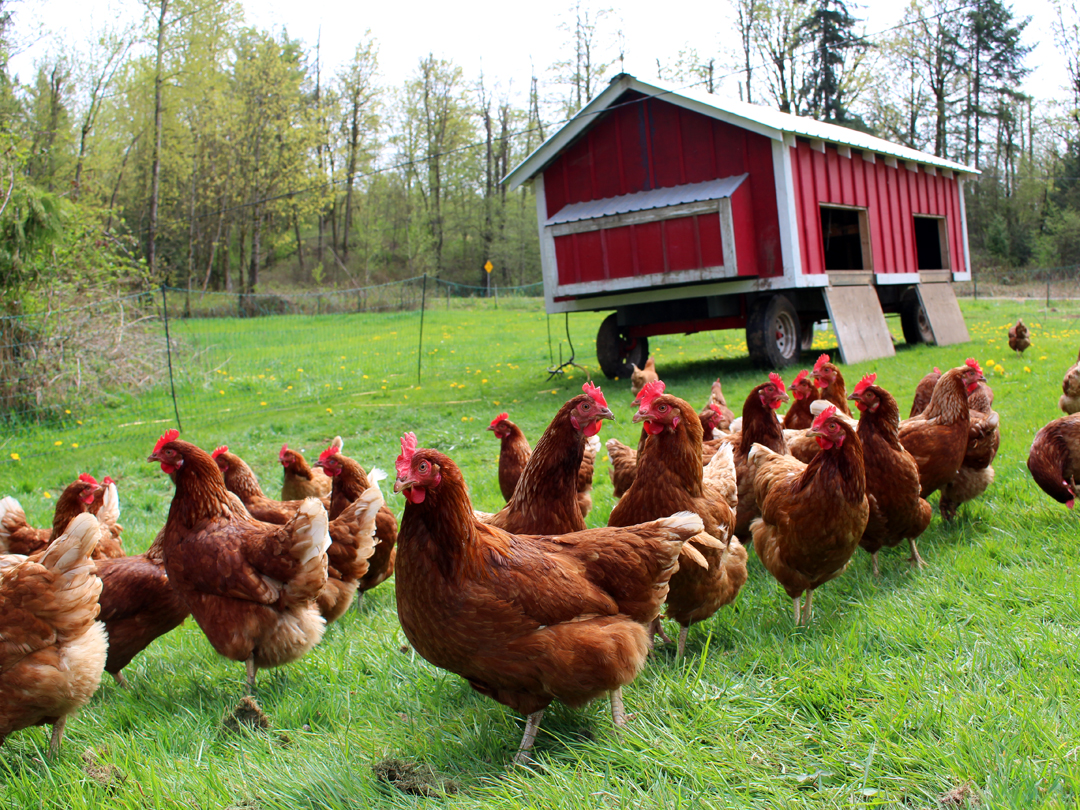
Our pastured hens have full access to the oudoors with our moveable chicken coop that we call the “egg-mobile” offering shelter from all types of weather. Food and clean water from an automatic watering system are available inside and eggs are laid in the boxes (on the left end of the coop in the photo) which we can collect via a liftable lid. A moveable electric mesh fence allows us to rotate our hens as well as protect them from ground predators. While not 100% perfect, we find a system of stringline radiating out from the coop over the run prevents most attacks by predatory birds.
Nutritional Benefits of Pastured Eggs
So now we’ve established exactly what “pastured” egg production is, you must be wondering why it is so important! While eggs are valued for their high protein content and versatility in cooking; not all eggs are created equal. The method by which the chickens are kept impacts the nutritional quality of the eggs they produce.
Research has shown that eggs from pastured chickens are more nutritious than those from chickens raised with other methods where chickens don’t have access to pasture. According to a study published in the Journal of Agriculture and Food Chemistry, pastured eggs contain higher levels of omega-3 fatty acids, vitamin E, and beta-carotene. Omega-3 fatty acids are essential for brain health and have been linked to a reduced risk of heart disease, while vitamin E is an antioxidant that helps protect the body against oxidative stress.
In another study published in the Journal of Applied Poultry Research, pastured eggs were found to contain higher levels of vitamin D than other eggs. Vitamin D is essential for bone health and plays a role in immune system function.
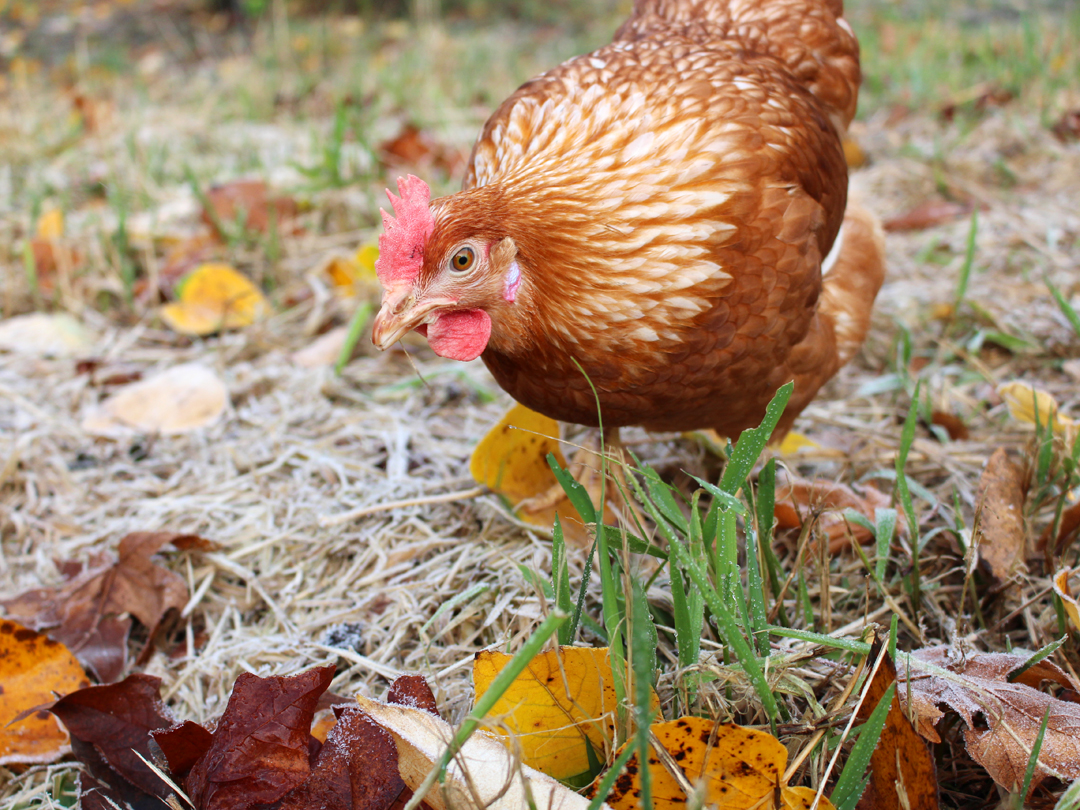
One of our hens searching for goodies on the pasture in autumn.
Benefits of Pasturing for Carbon Sequestration
Pasturing chickens also has environmental benefits, as it can help sequester carbon from the atmosphere. When our chickens graze on grass and other vegetation, they stimulate root growth, which can increase the amount of carbon stored in the soil. According to a study published in the journal Agriculture, Ecosystems & Environment, pastured poultry systems can sequester up to 48% more carbon than other poultry systems.
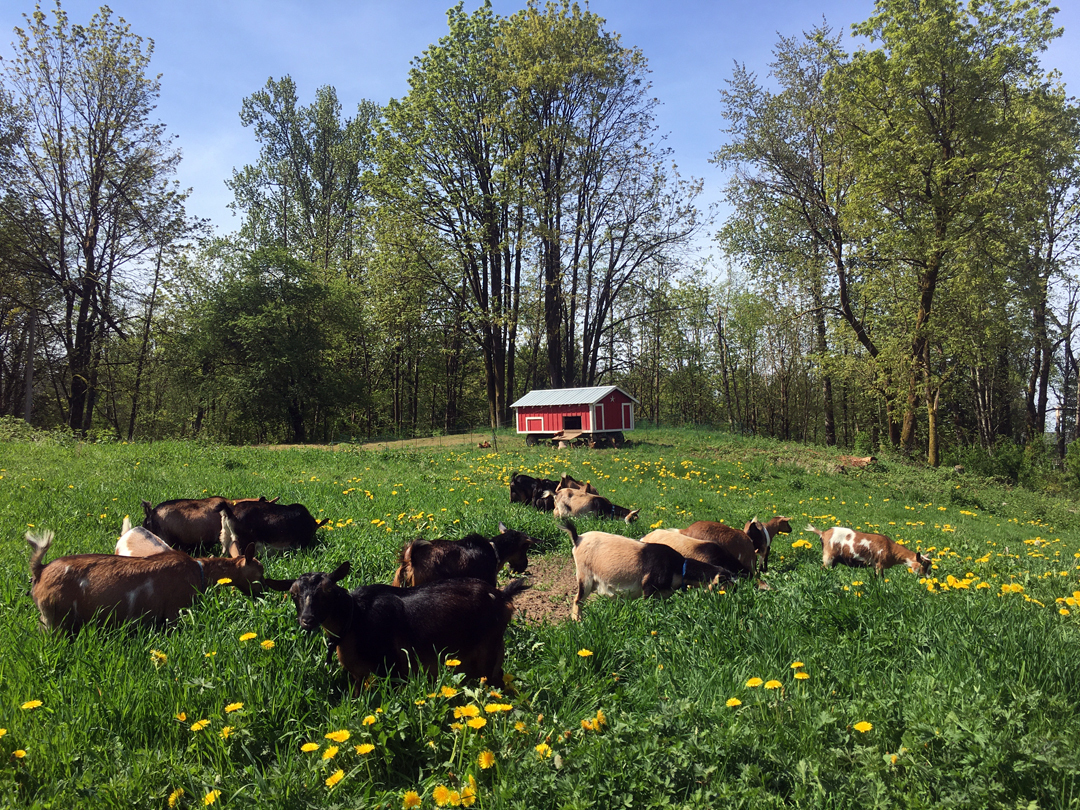
We’ll often include our goat herd in our dynamic farm pasturing model, grazing our goats first to be followed by our chickens after. Goats tend to graze “high”, taking choice leafy bits and leaving at least six inches of pasture and stalky bits. The chickens follow up by using the bits that the goats left behind and adding their higher nitrogen manure to the mix.
Importance of Cover to Prevent Soil Erosion
Pasturing also helps prevent soil erosion by providing ground cover. As our chickens graze on grass, they trample it down, creating a natural mulch layer that helps retain moisture and prevent soil erosion. According to a study published in the journal Agriculture, Ecosystems & Environment, pastured poultry systems can reduce soil erosion by up to 57% compared to indoor poultry systems. For us, maintaining a healthy cover over the soil and good carbon-sequestration are further helped by the fact that we move our hens around (a lot!). In practical terms, this prevents them from completely annihilating the section of land that they are on, which they will do in very short order!
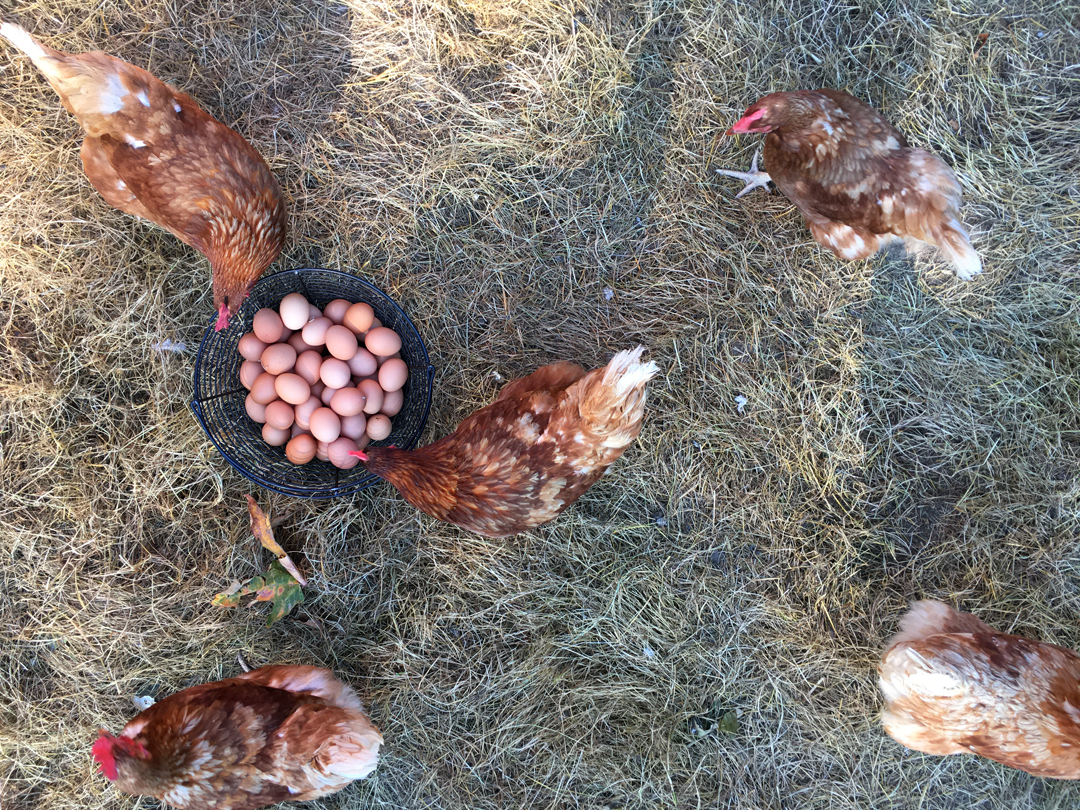
Pasturing is seasonally and climate dependent. In our climate in southwestern British Columbia, we experience green pastures for most of the year – even in winter! As a result of our rainy climate, our challenge is mud from fall through spring. One added benefit of our moveable system is that we can help to avoid soil erosion by moving our hens frequently before they’ve overgrazed an area. This photo shows our hens on pasture in late summer.
Dynamic Cycling of Manure to Fertilize the Pasture
Finally, pastured poultry systems utilize the dynamic farm cycling of manure to fertilize the pasture. As our chickens move around on our pastures, they deposit manure which contains nitrogen and other nutrients that are beneficial for plant growth. The manure breaks down over time, releasing these nutrients back into the soil. According to a study published in the Journal of Environmental Quality, pastured poultry systems can improve soil fertility and reduce nutrient runoff.
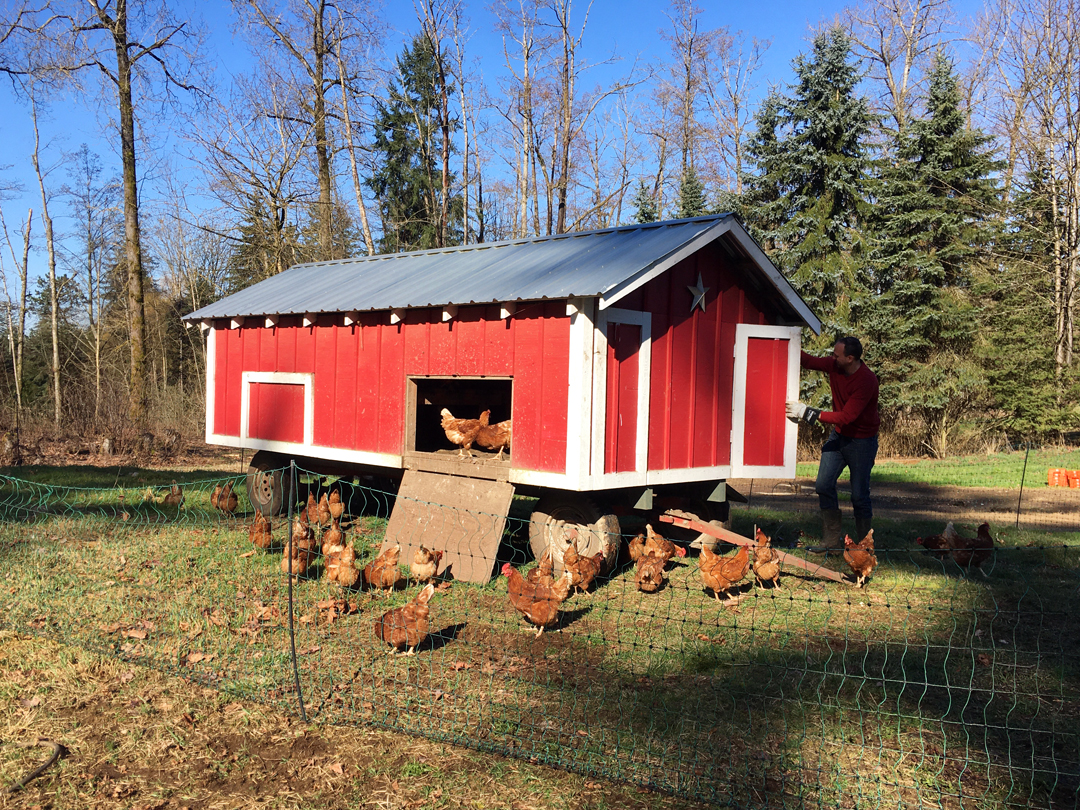
For us farmers, the egg-mobile has been a very rewarding system, allowing us to take more pride and enjoyment in farming with laying hens. It also is the key for us to being able to provide ourselves and many people in our community with fresh, delicious, and more nutritious eggs. Here Steve is doing some daily chores which include feeding the hens and collecting eggs. We rotate the hens on an as-needed basis, which is more frequent in some seasons than others.
Conclusion
In summary, pastured eggs offer numerous benefits. All that good green vegetation makes for delicious eggs that include higher levels of essential nutrients; but it doesn’t stop there. We know that this style of farming also offers carbon sequestration, soil erosion prevention, and dynamic cycling of manure to fertilize pastures. When you purchase pastured eggs, not only are you sourcing healthier eggs; but by supporting farmers like us, you are also making a positive choice for the environment. To this egg-loving farm family and our happy hens, it is a win-win!
Works Cited:
Karsten, Heather D., et al. “Composition and quality of eggs from commercial and pastured laying hens.” Journal of Agricultural and Food Chemistry, vol. 53, no. 16, 2005, pp. 6141-6148.
Grashorn, Michael A. “Omega-3 fatty acids, poultry and egg quality: A review.” World’s Poultry Science Journal, vol. 60, no. 4, 2004, pp. 456-465.
Hargis, Billy M., et al. “Effects of environmental lighting and vitamin D3 metabolite supplementation on the vitamin D status of broiler chickens.” Journal of Applied Poultry Research, vol. 9, no. 1, 2000, pp. 75-81.
Park, Chan-Hyun, et al. “Carbon sequestration in agroforestry systems.” Agriculture, Ecosystems & Environment, vol. 112, no. 1, 2006, pp. 249-266.
Washburn, Kimberly W., et al. “Environmental impact of different management strategies for free-range poultry systems.” Agriculture, Ecosystems & Environment, vol. 118, no. 1-4, 2007, pp. 139-147.
Fanatico, Anne C., et al. “Effects of outdoor access and bedding material on broiler chicken welfare.” Journal of Applied Poultry Research, vol. 14, no. 4, 2005, pp. 665-672.
Shepherd, Thomas A., et al. “Sustainability of meat production systems.” Journal of Environmental Quality, vol. 44, no. 2, 2015, pp. 424-436.
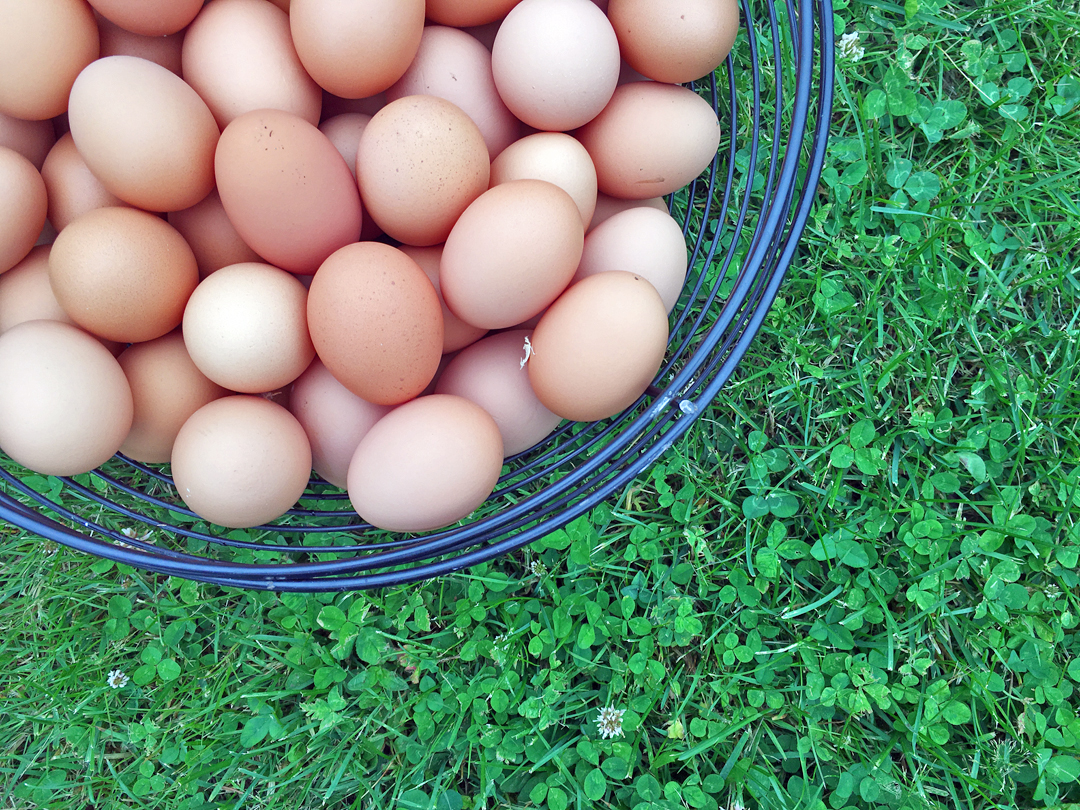
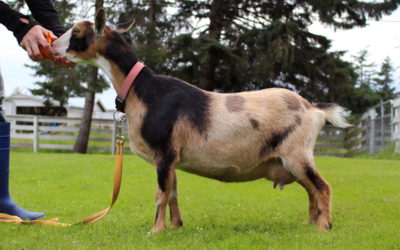

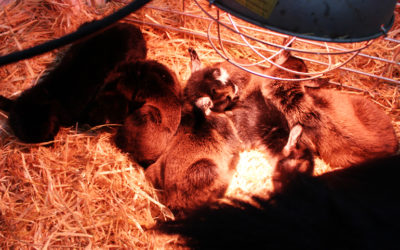

0 Comments